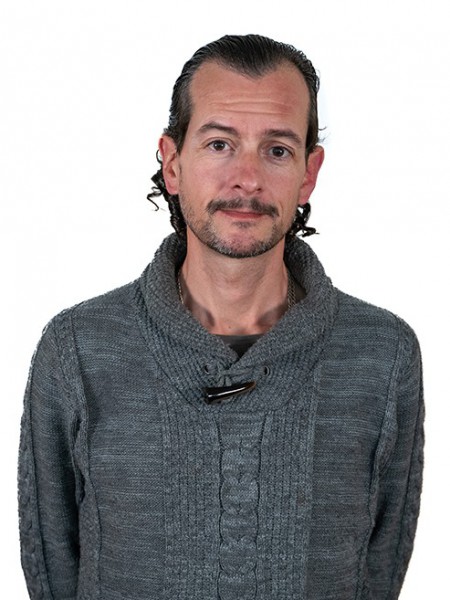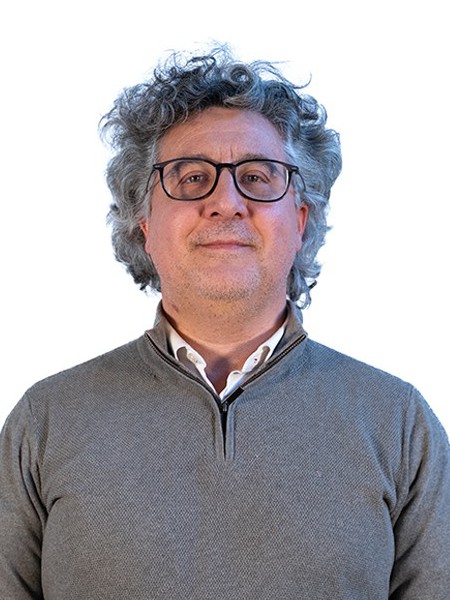resumo
A detailed theoretical understanding of the synthesis mechanism of periodic mesoporous silica has not yet been achieved. We present results of a multiscale simulation strategy that, for the first time, describes the molecular-level processes behind the formation of silica/surfactant mesophases in the synthesis of templated MCM-41 materials. The parameters of a new coarse-grained explicit-solvent model for the synthesis solution are calibrated with reference to a detailed atomistic model, which itself is based on quantum mechanical calculations. This approach allows us to reach the necessary time and length scales to explicitly simulate the spontaneous formation of mesophase structures while maintaining a level of realism that allows for direct comparison with experimental systems. Our model shows that silica oligomers are a necessary component in the formation of hexagonal liquid crystals from low-concentration surfactant solutions. Because they are multiply charged, silica oligomers are able to bridge adjacent micelles, thus allowing them to overcome their mutual repulsion and form aggregates. This leads the system to phase separate into a dilute solution and a silica/surfactant-rich mesophase, which leads to MCM-41 formation. Before extensive silica condensation takes place, the mesophase structure can be controlled by manipulation of the synthesis conditions. Our modeling results are in close agreement with experimental observations and strongly support a cooperative mechanism for synthesis of this class of materials. This work paves the way for tailored design of nanoporous materials using computational models.
palavras-chave
MOLECULAR-DYNAMICS SIMULATION; MONTE-CARLO SIMULATIONS; COARSE-GRAINED MODEL; SURFACTANT SOLUTIONS; NITROGEN ADSORPTION; CONTROLLED-RELEASE; LIGHT-SCATTERING; PORE-SIZE; MCM-41; SIEVES
categoria
Chemistry; Materials Science
autores
Perez-Sanchez, G; Chien, SC; Gomes, JRB; Cordeiro, MNDS; Auerbach, SM; Monson, PA; Jorge, M
nossos autores
agradecimentos
G. P. S., M. J., and J. R. B. G. are thankful for financial support of the PTDC/QUI-QUI/109914/2009 project. This work was developed within the scope of the projects CICECO-Aveiro Institute of Materials, POCI-01-0145-FEDER-007679 (FCT Ref. UID/CTM/50011/2013), LAQV@REQUIMTE (UID/QUI/50006/2013), and LSRE (UID/EQU/500230/2013), financed by national funds through the FCT/MEC and when appropriate cofinanced by FEDER under the PT2020 Partnership Agreement. G.P.S. acknowledges CICECO-UID/CTM/50011/2013 Ref. BI/U189/7145/2015. M.J. acknowledges funding from the EPSRC UK Project Grant EP/L014297/1. This work was produced with the support of the Portuguese National Distributed Computing Infrastructure (INGRID). More information can be found at http://www.incd.pt. P.A.M., S.M.A., and S.-C.C. acknowledge generous funding from the US Department of Energy under contract number DEFG02-07ER46466 and the computational resources provided from the Massachusetts Green High-Performance Computing Center (MGHPCC).



